Mix Up Those Herbs and Spices for More Flavor Spizazz!
One of the things I loved about my late Aunt Annie's cooking was how she would surprise us with unusual flavor combinations. She loved to use herbs and spices and she knew what she was doing. She liked to grow herbs in her kitchen window sill and this was about the time of year she would start new seedlings.
The other day when I was looking through her recipe collection, I found a little well-worn booklet that I'm sure was her herb and spice "Bible," so to speak. Tthe corner of a page titled "Flavor Match-Ups" was folded over. My guess is this is where Aunt Annie got her start in flavor combining.
So here's just a small excerpt from this dandy piece of information-just in case you too, would like to do more with herbs and spices:
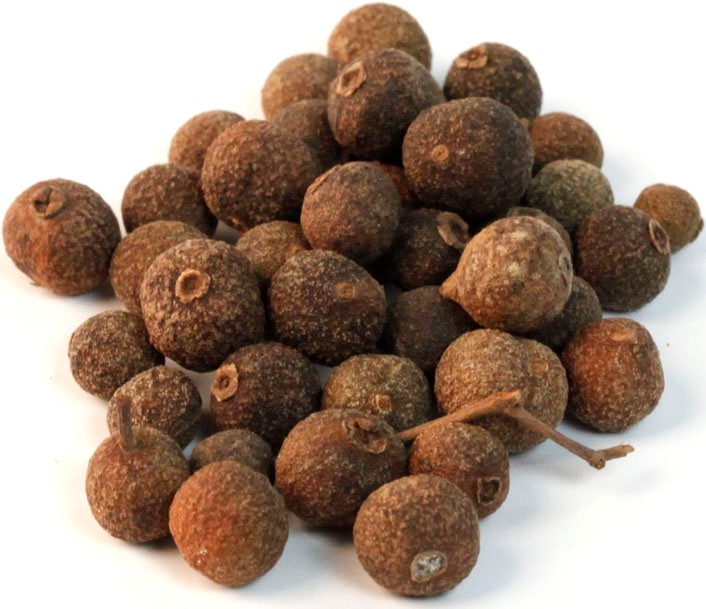
ALLSPICE: Ground allspice has a strong spicy taste and aroma that closely resembles a mixture of black pepper, nutmeg, cloves, and cinnamon. This flavor-enhancer is known to be a powerful anti-inflammatory agent, so it's good to season with it.
TO USE: Stew chicken with 2 whole allspice. Or dash ground allspice over fruit salad. Or season cranberry juice with allspice, cinnamon, and cloves; serve hot or chilled.
CARAWAY SEED: Like most seeds, caraway is rich in dietary fiber. It's also a strong anti-oxidant and helps with digestion. And it's an excellent source of minerals like iron, copper, calcium, potassium, manganese, selenium, zinc and magnesium.
TO USE: While rye bread is usually thought of when thinking of caraway seed, you can also add it to cream-puff batter (2 tsp for ½ C flour), then you fill the baked puffs with creamed ham or ham salad. Also: Sprinkle caraway over coleslaw or atop a tuna casserole prior to baking.
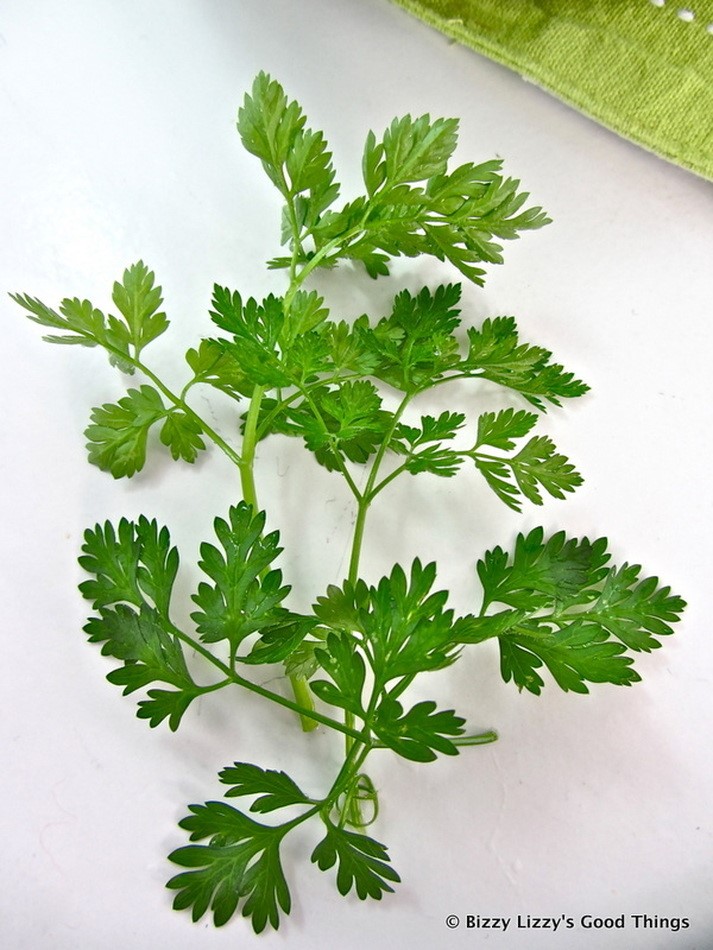
CHERVIL: This herb is from the Parsley family and is a common ingredient in French cooking along with other herbs like thyme, rosemary and basil. Chervil is also used as a garnish and carries a taste of licorice or anise seed.
Research shows chervil lowers blood pressure, benefits the kidneys and bladder, and boosts the immune system. It's loaded with magnesium, selenium, potassium, manganese, calcium and many vitamin, especially vitamins B, C, and beta carotene.
TO USE: Use it when cooking peas: For 1 lb frozen (or fresh) peas, use ¼ tsp each chervil and thyme, and 1 tsp snipped parsley.
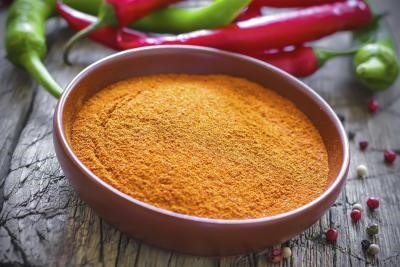
CHILI POWDER: This hot spice is full of vitamins C and A and several minerals: potassium, phosphorus, calcium, iron, zinc, manganese, and selenium.
TO USE: It's a mainstay in chili and other Mexican dishes, but try adding a dash to canned of fresh corn for a surprising and zippy change.
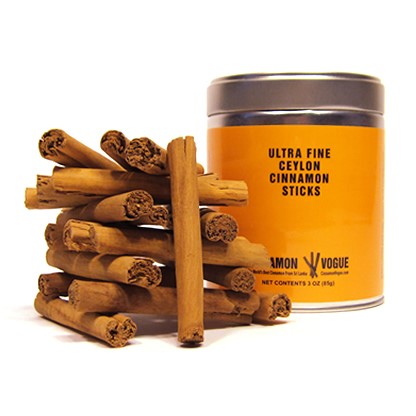
CINNAMON: I'm talking about Ceylon cinnamon versus cassia cinnamon, and I've talked about it before, but it bears repeating: Ceylon Cinnamon is considered by many to be "true" cinnamon and originates specifically from the tree known as cinnamomum zeylanicum. Ceylon cinnamon has a flavor that is sweeter and more refined than that of the cassia variety. It is typically more expensive and difficult to find than the cassia cinnamon varieties, so cassia is used more often in American kitchens than Ceylon cinnamon.
Extensive research shows Ceylon cinnamon contains manganese, iron, calcium, and dietary fiber. It helps arthritis, asthma, cancer, diabetes, menstrual problems, psoriasis, and peptic ulcers. It is especially beneficial in protecting against heart disease because of its anti-inflammatory acids that keep blood at its proper thickness.
TO USE: Combine 2 Tbsp sugar and 1 tsp cinnamon: sprinkle on 4 grapefruit halves; fill center with butter and broil. Add ½ tsp to crumbs for graham-cracker crust. Or try this: to flour mixture from 1 package angel food cake mix, add 1 tsp cinnamon and ¼ tsp each cloves and nutmeg. Sift and prepare as usual.
CORIANDER SEED: Besides lots of dietary fiber, coriander is an excellent source of vitamin C and minerals (iron, copper, calcium, potassium, manganese, zinc, and magnesium).
TO USE: Add ground seed to potato salad, bread, cookies, pumpkin pie, and cherry pudding.
GINGER: It is commonly used to treat motion sickness, morning sickness, colic, upset stomach, gas, diarrhea, nausea caused by cancer treatment, nausea and vomiting after surgery, and loss of appetite.
TO USE: While ginger shows up in many desserts and blends with soy sauce to lend an Oriental touch to chicken, pork, lamb, or beef, try adding to seasoned sour cream to dress a chicken salad.
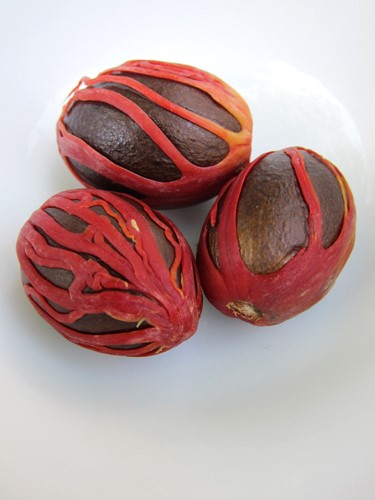
MACE: It's the dry outer red aril of the nutmeg kernel. It's high in vitamins A, C, and carotenes, and iron, calcium, manganese, and copper.
TO USE: Add mace to cherry pie or a light shake to oyster stew.
MARJORAM: It's loaded with vitamins A, C, K, and iron and carotenoids.
TO USE: It's particularly good with lamb, mushrooms, and egg dishes.
PEPPERMINT: It's packed with manganese, copper, and vitamin C. It's a tummy soother, an anti-cancer agent, and is anti-microbial.
TO USE: Mix it into fruit beverages, fruit cups, salads, fresh summer peas, and rice dishes to add flavor spizazz.
- www.livestrong.com
- www.blog.americanspice.com
- www.bizzylizzysgoodthings.com
- www.cinnamonvogue.com
- www.emilyduong.com
 Alice Osborne
Alice Osborne
Weekly Newsletter Contributor since 2006
Email the author! alice@dvo.com
